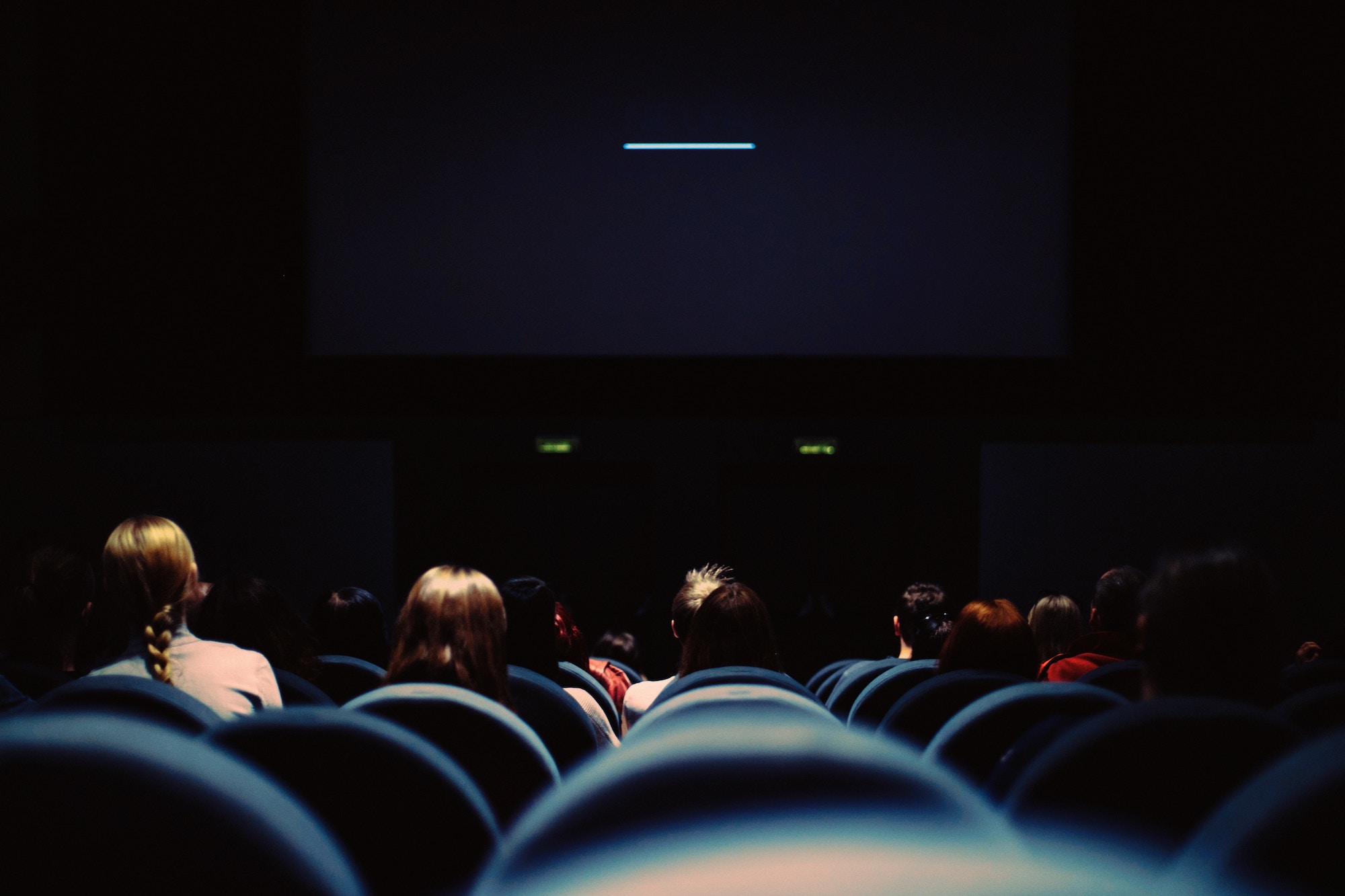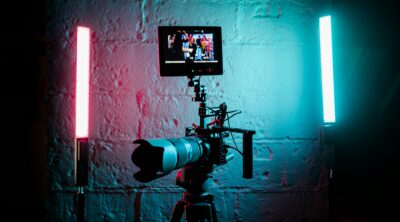< Back to all posts
Video Storytelling: The Basic Storytelling Elements Every Video Needs
So many videos, so little time! When content is being pushed out every millisecond, it can be so difficult for brands to distinguish themselves from their competitors. Flashy graphics, celeb cameos or even 4D experiences can grab the viewer’s attention but it won’t stay with them without a good story. Storytelling is the heart of every good video, no matter the purpose. Let’s go back to basics.
Video Storytelling 101
At its core, video storytelling incorporates some type of narrative. And narrative storytelling is a tradition that has deep roots throughout history. While we use it today in spaces like entertainment and marketing, storytelling still exists as one of the most effective, artistic processes of communication.
Video alone is such an inherently narrative-driven medium. Film and television series are an easy example to point out, but even independent content from Youtube creators, advertisements, and live streams share the same narrative beats.
All videos have the same basic storytelling elements like:
- A beginning, middle, and end.
- Characters or a subject of focus.
- Purpose – what’s the video about?
Even a televised sporting event or a couple’s wedding video have those basic structures in common. But that doesn’t mean one isn’t more effective than the other. The power that video has as a storytelling medium can be amplified by developing these narrative points in greater detail.
But how? What are the factors that separate the late-night, silly infomercial from the innovative Super Bowl ads of today’s biggest brands?
Plot and Purpose
Plot and purpose goes back to the principles of character, subject, and intention. What is your video about? What is your brand trying to communicate and how can you effectively communicate it to an audience? These are all questions you’ll need to ask and answer before you turn on the camera.
Let’s look at a recent Apple ad as an example:
The purpose, in this video’s case, is to communicate the new facial recognition “unlock” of the iPhone X. The narrative then takes it a step further by asking, “what if everything could be unlocked with a look?” It’s a cheeky way to communicate the innovative new feature, but it’s also memorable and serves its purpose.
Now, every project will be different. You should have an understanding of your own brand enough to know your audience and what approach might best communicate to them. Additionally, do your homework:
- Draft and edit your scripts and storyboards well before filming.
- Carefully consider any dialogue or major set pieces.
- Do all of the necessary research and legwork before you ever set foot in a studio.
Pacing and Variation
Once the core structure of your project is established, you can dig into the film components that will dictate how your story flows. Consider that the average Youtube video is right around four and a half minutes long.
Now in today’s short attention span landscape, that’s fairly long. Most television spots will probably run anywhere between 30 seconds to one minute in length. And anything on social media (aside from livestreams or a platform like IGTV), will most likely run even shorter. Which means you’ll have to be efficient with the types of shots you utilize.
Think about your video length and what that means for shot variations. Can you push your plot forward quickly while still retaining audience attention?
No Dialogue, No Problem
Let’s think about the iPhone video above. Since there isn’t any dialogue at all, the video is entirely dependent on the types of shots as well as the physical acting to accomplish its storytelling goals.
And what do we get? There are great uses of quick zoom shots to communicate that everything can be unlocked with a simple look. There are also some great pan shots from the point of view of the open lockers, paired with the tracking shot of the subject running down the hallway.
The variation, and exciting set-pieces, help to move the narrative along and communicate its message effectively.

Style and Tone
Now for the fun part. Time for your brand voice to shine through. While much of your style, tone, and general approach will most likely be decided upon in preproduction, the execution is still crucial. Here’s where any cinematic techniques and influences will come into play a bit more.
What kind of emotions are you trying to elicit through your video? What kind of action will be taking place? How will that affect your lighting, or the music choices that may come later? Style and tone can drastically shape how a video is received and understood.
Again, we look to Apple as an example. The choice of fast music and a bright color palette creates a sense of excitement that matches the action. Dramatic sound effects punch up some of the comedy and chaos that “unlocking everything” brings.
Now, what if more frightening music had been playing? With more shadows and a different, more menacing subject as the lead focus? Instead of a light-hearted romp through the school’s hallways, the chaos would have a much more ominous tone to it.
Understanding how your brand, audience, and video’s purpose work together will help lead the way in terms of style and tone.
Start Telling Your Story
Anyone with a camera can participate in proper video storytelling, but that doesn’t mean it’s going to turn out to be effective. Honing and mastering the elements of storytelling will go much farther to develop and reach long term communications and brand building goals.
Video production and digital marketing can be vastly improved through simple storytelling efforts. Any company in any industry stands to benefit. Storytelling is one of the most powerful ways to communicate a message. It may take time to truly develop the right process and structure for your company. But with practice and intentional efforts to incorporate better storytelling, you’ll be on par with brands like Apple in no time.
And if you already have your master narrative-driven video project vision in mind, but need the best crew to help execute it, get in touch with us at Crews Control. No matter where you’re shooting, we’ll connect you with the best local crews and help you execute your next video project every step of the way. Cinematic techniques are their first language. Get your free quote today!







Leave a Reply